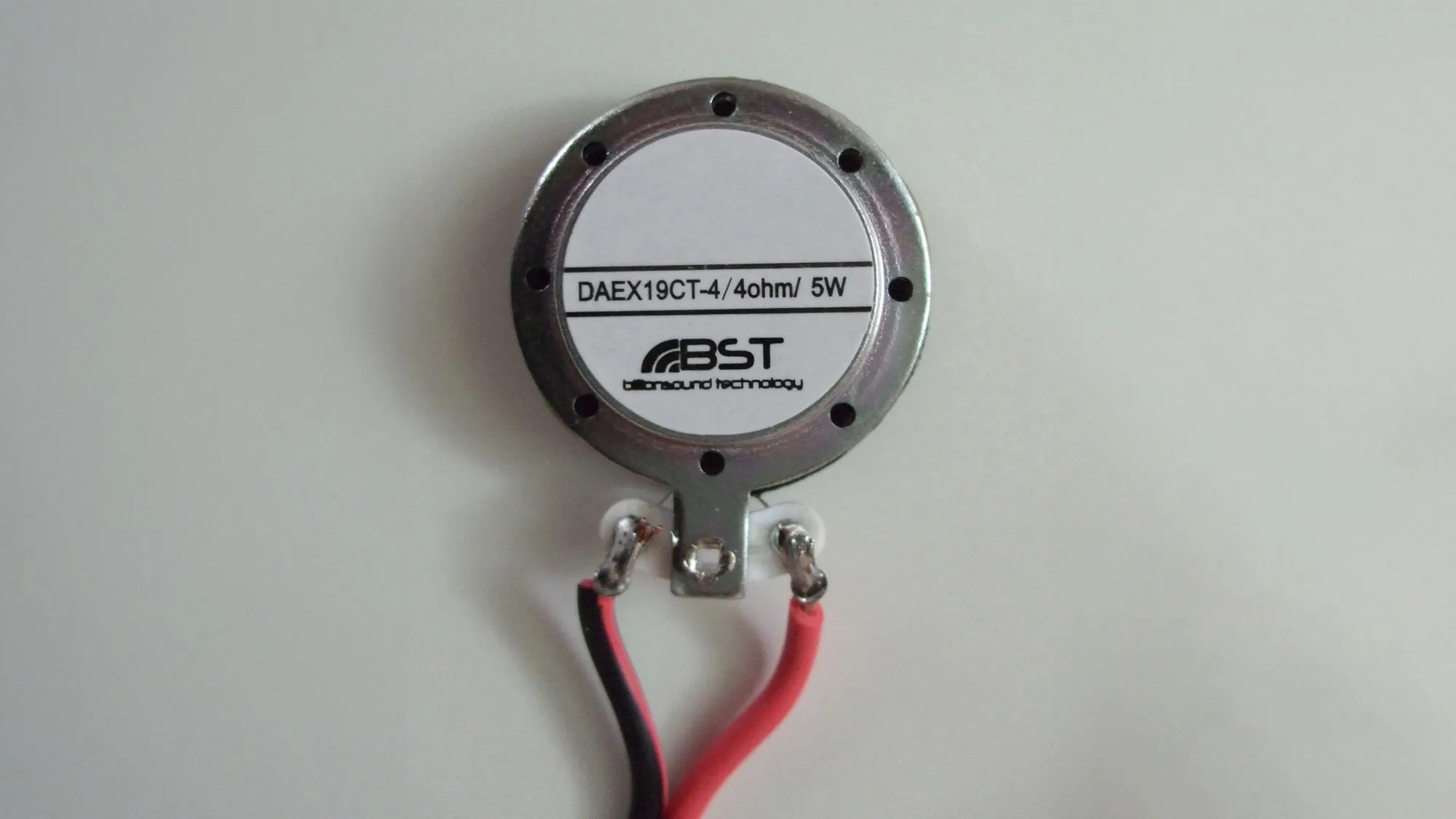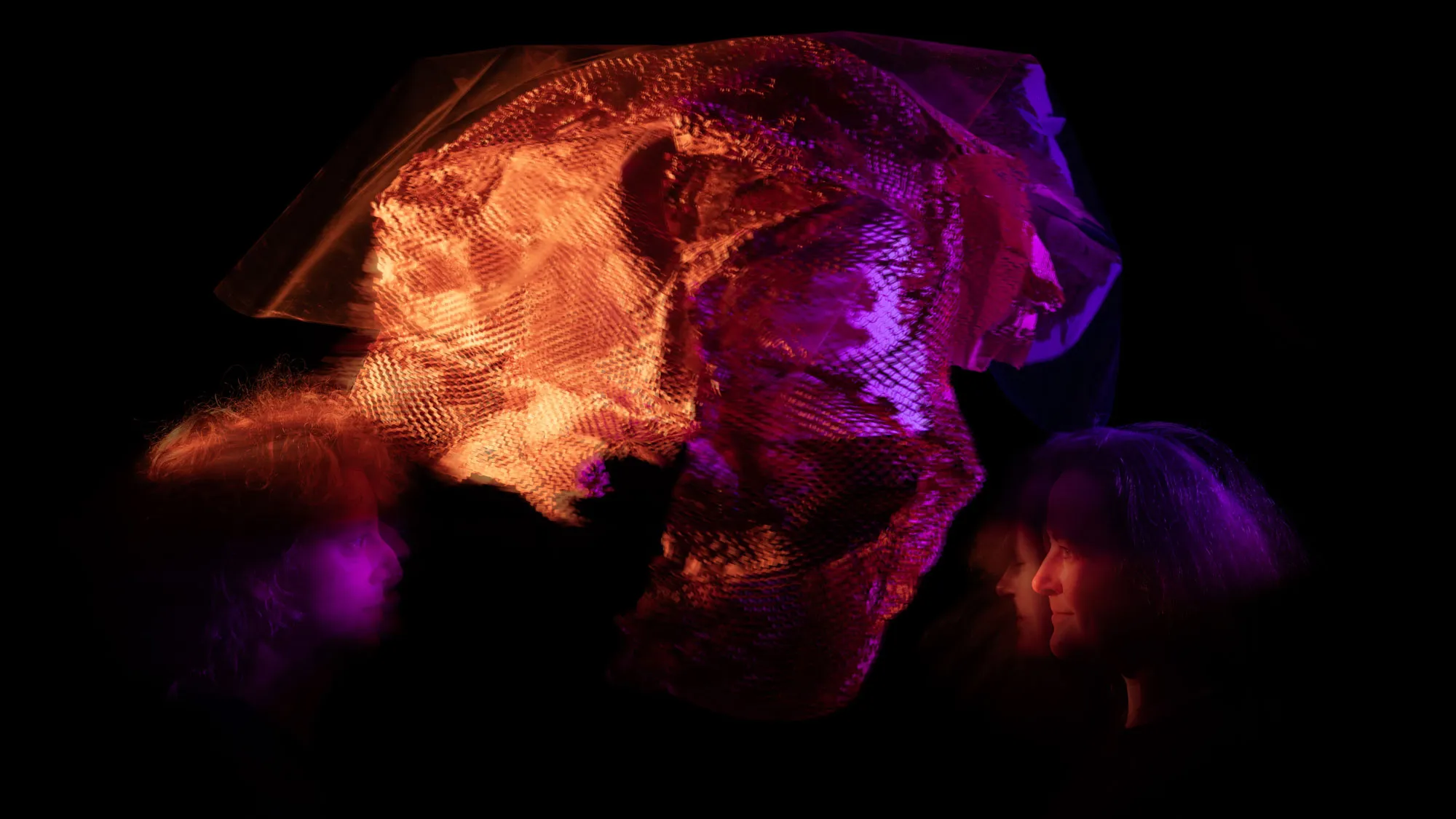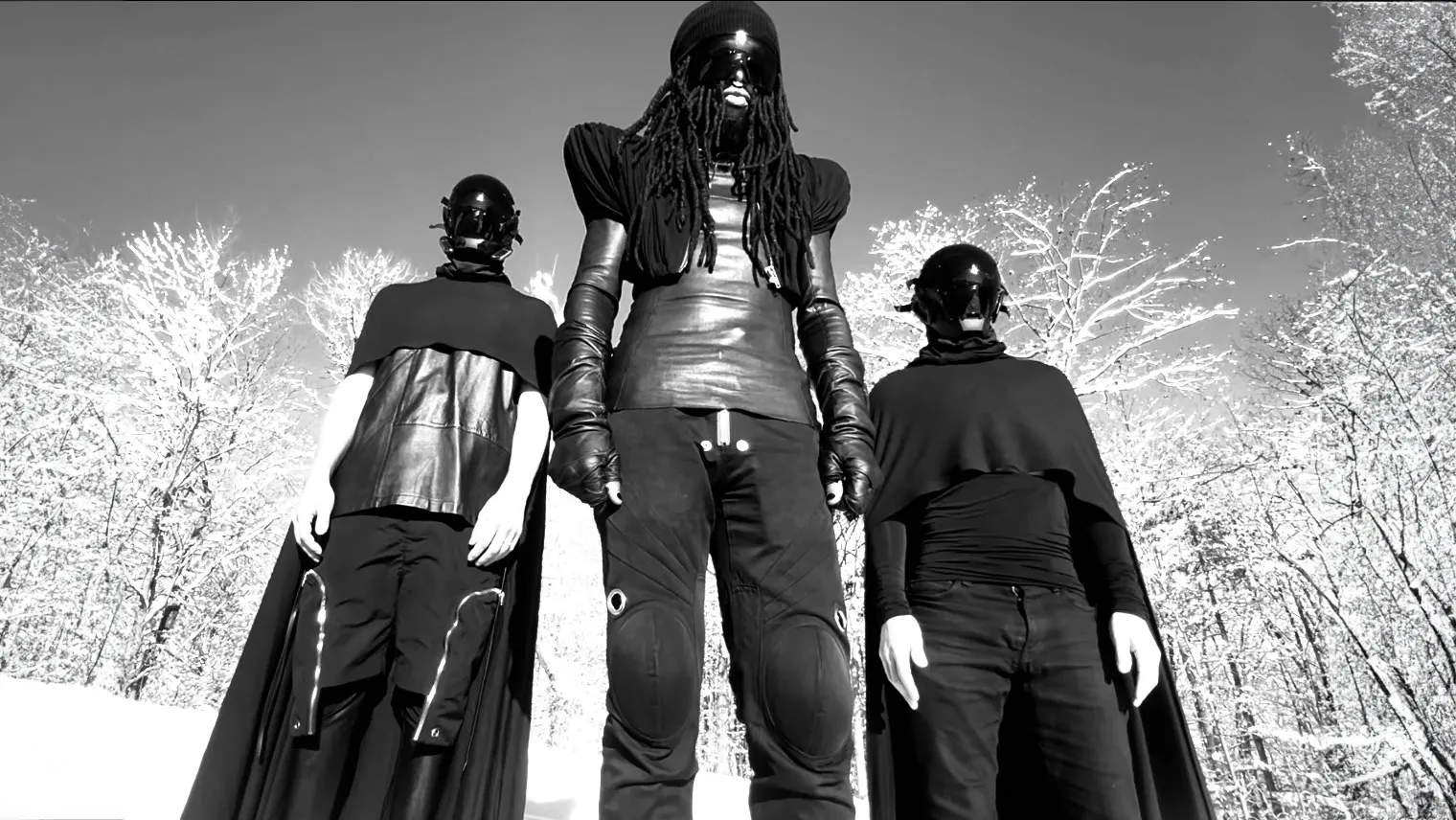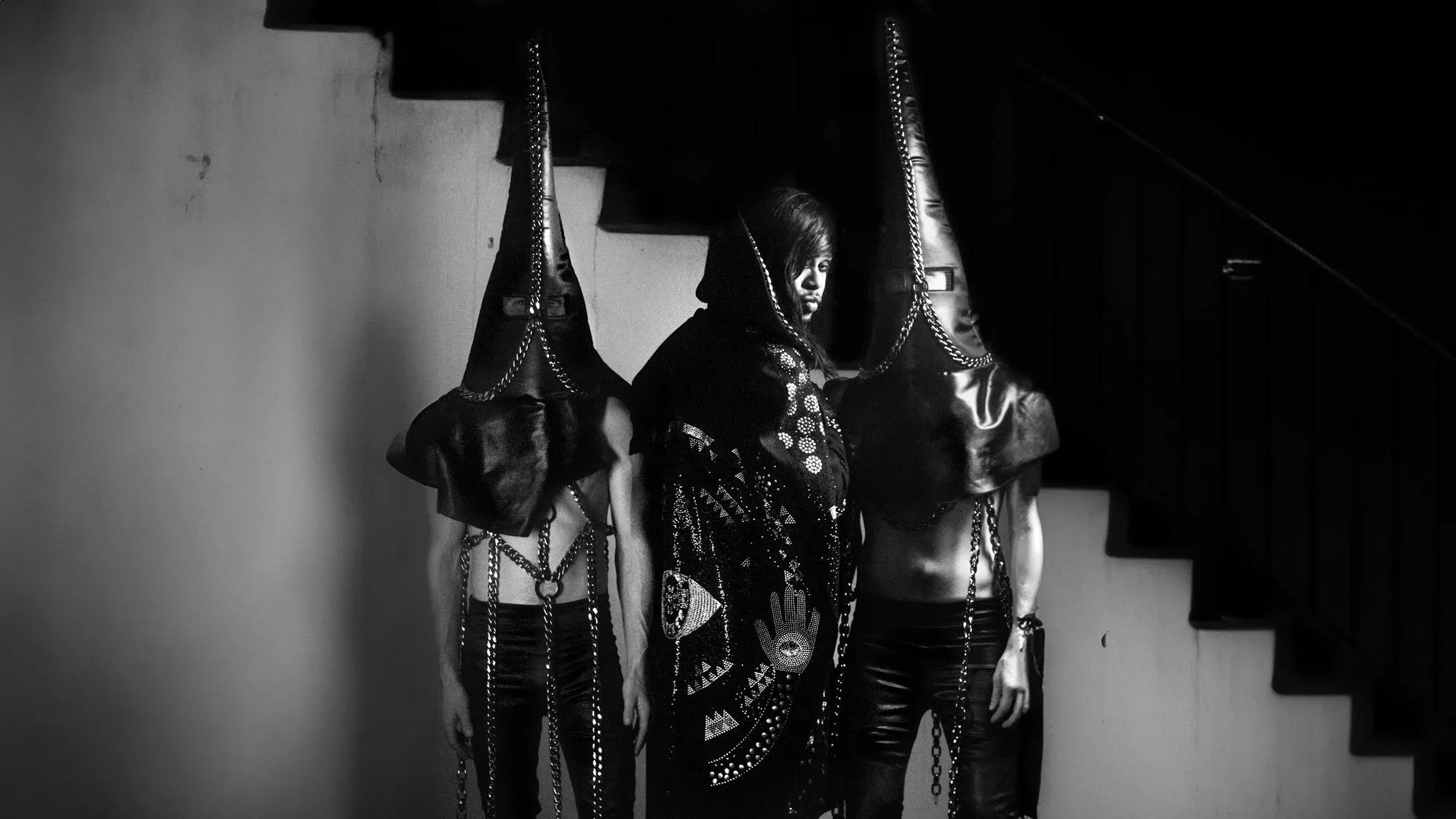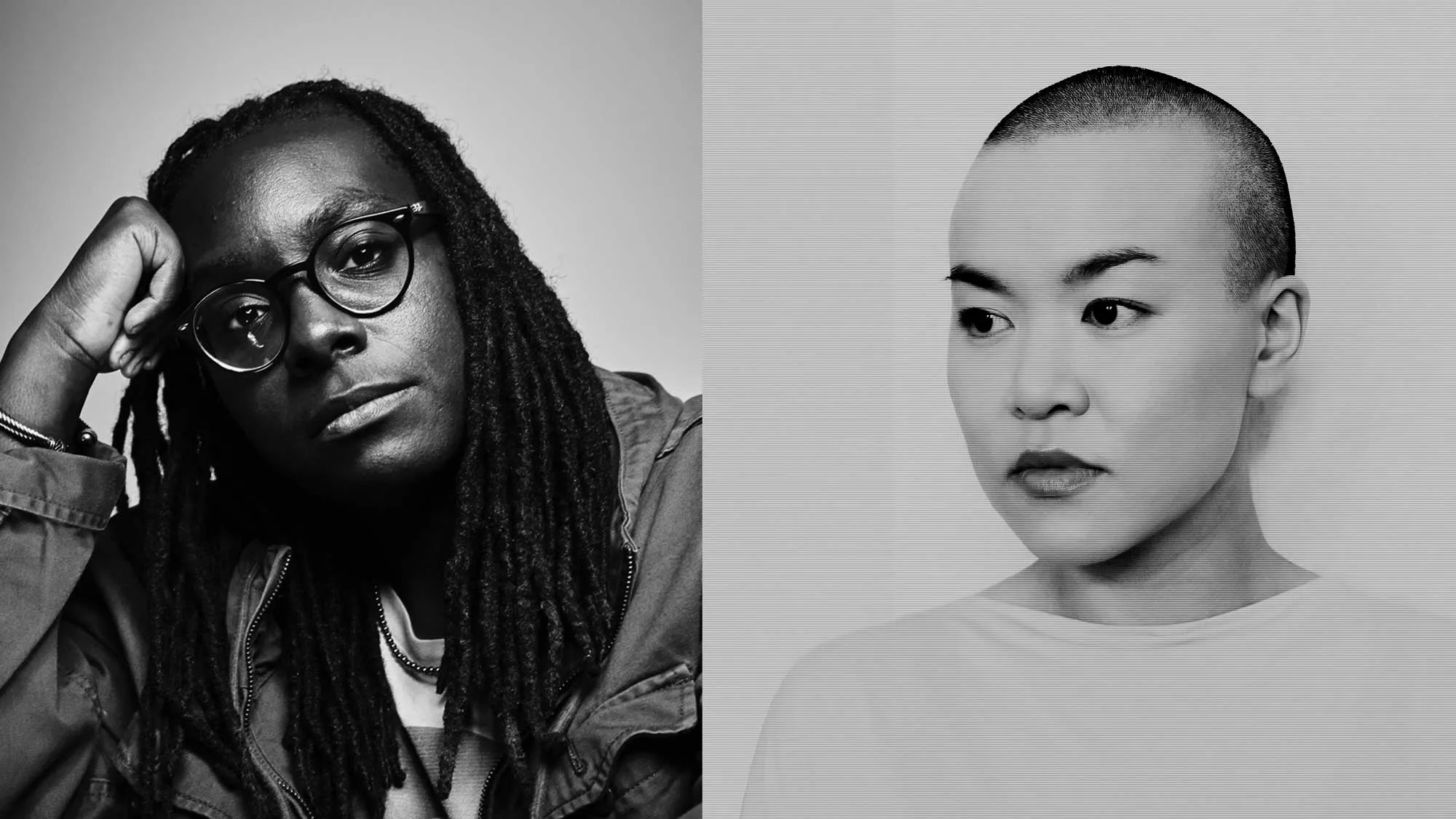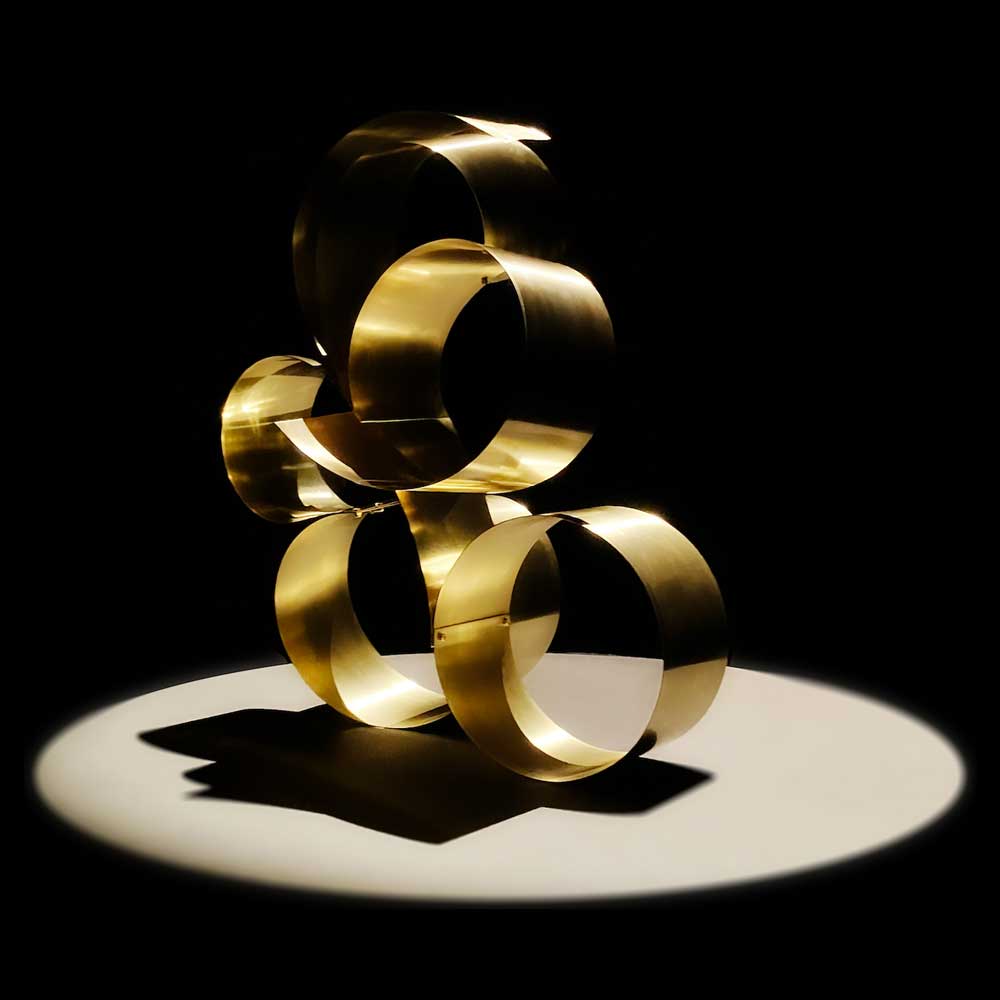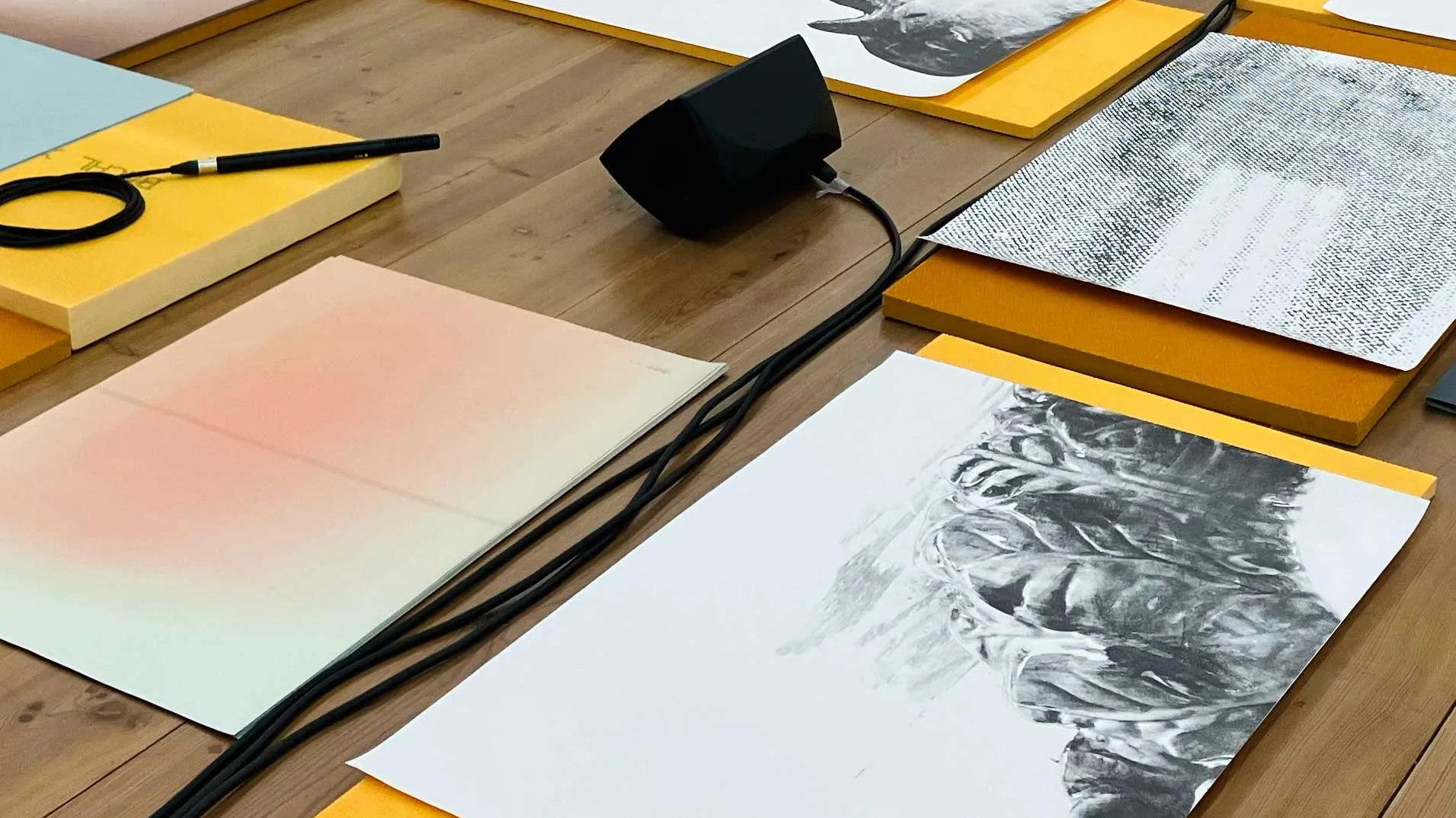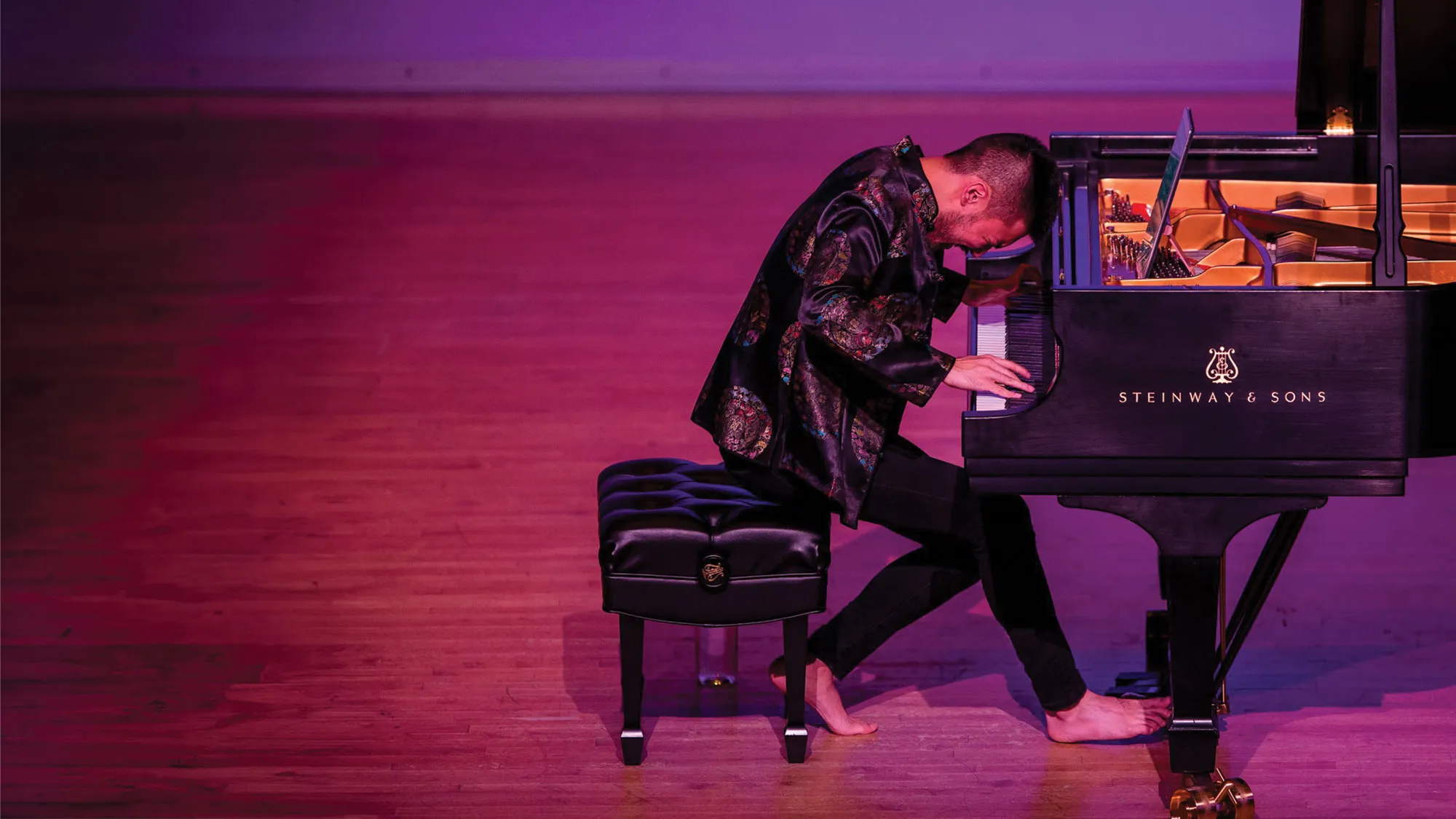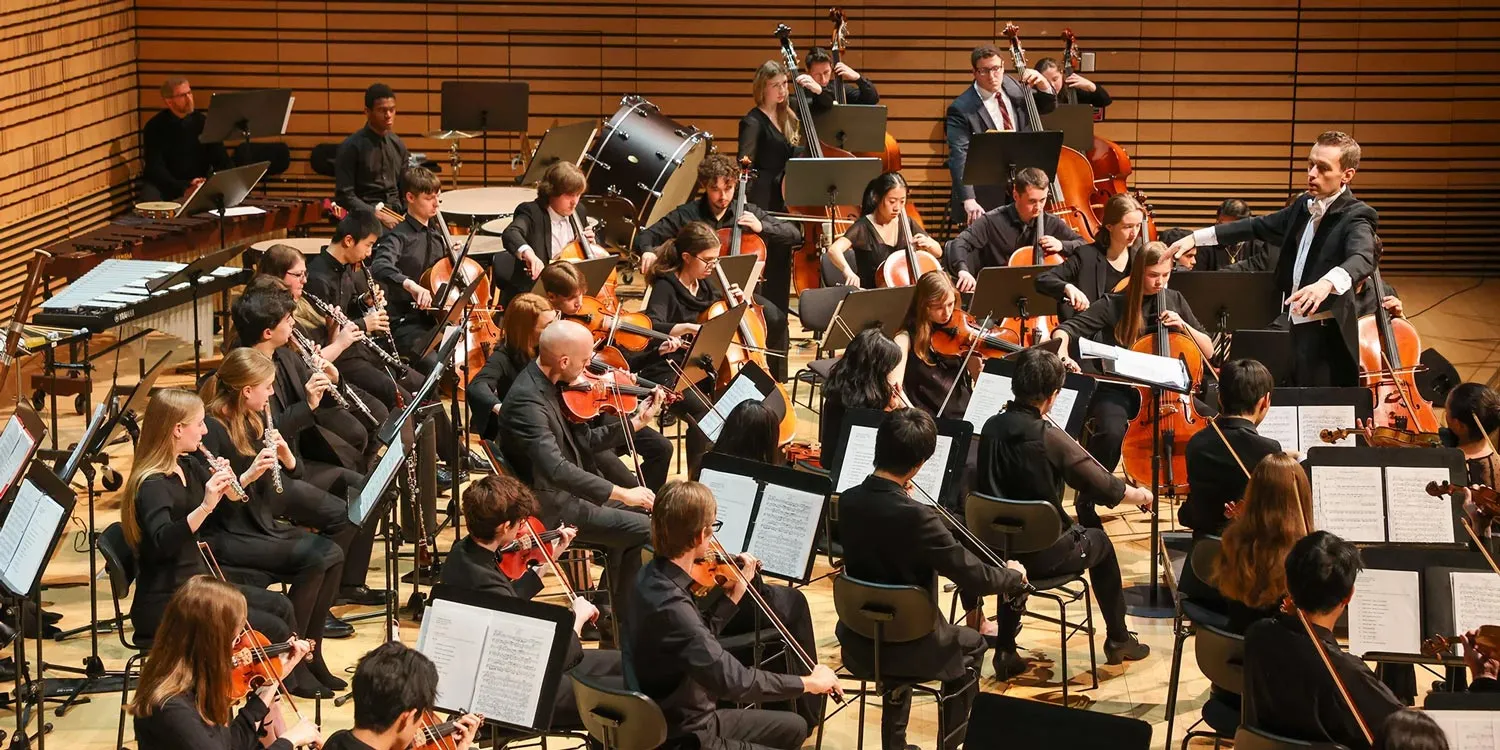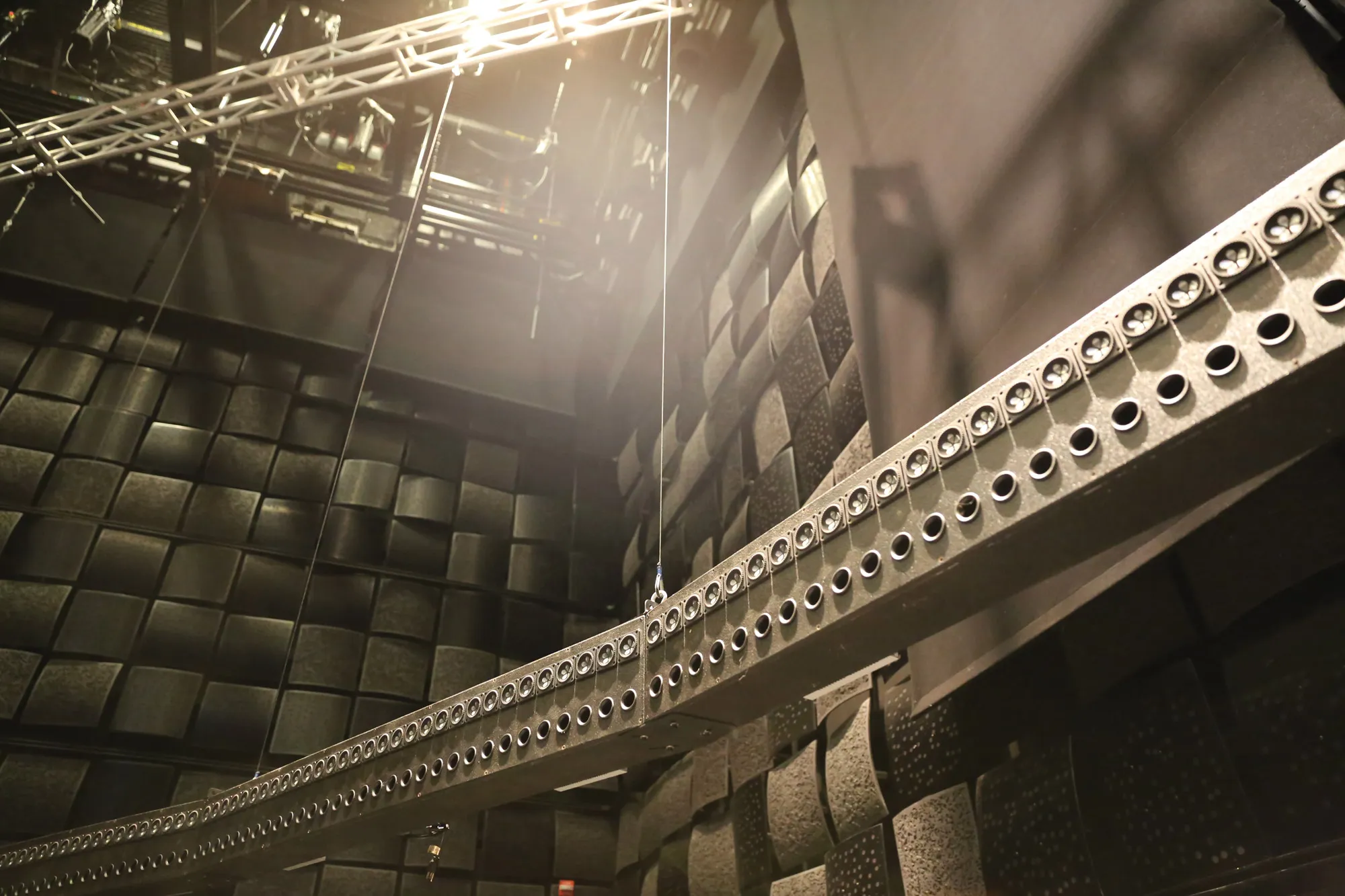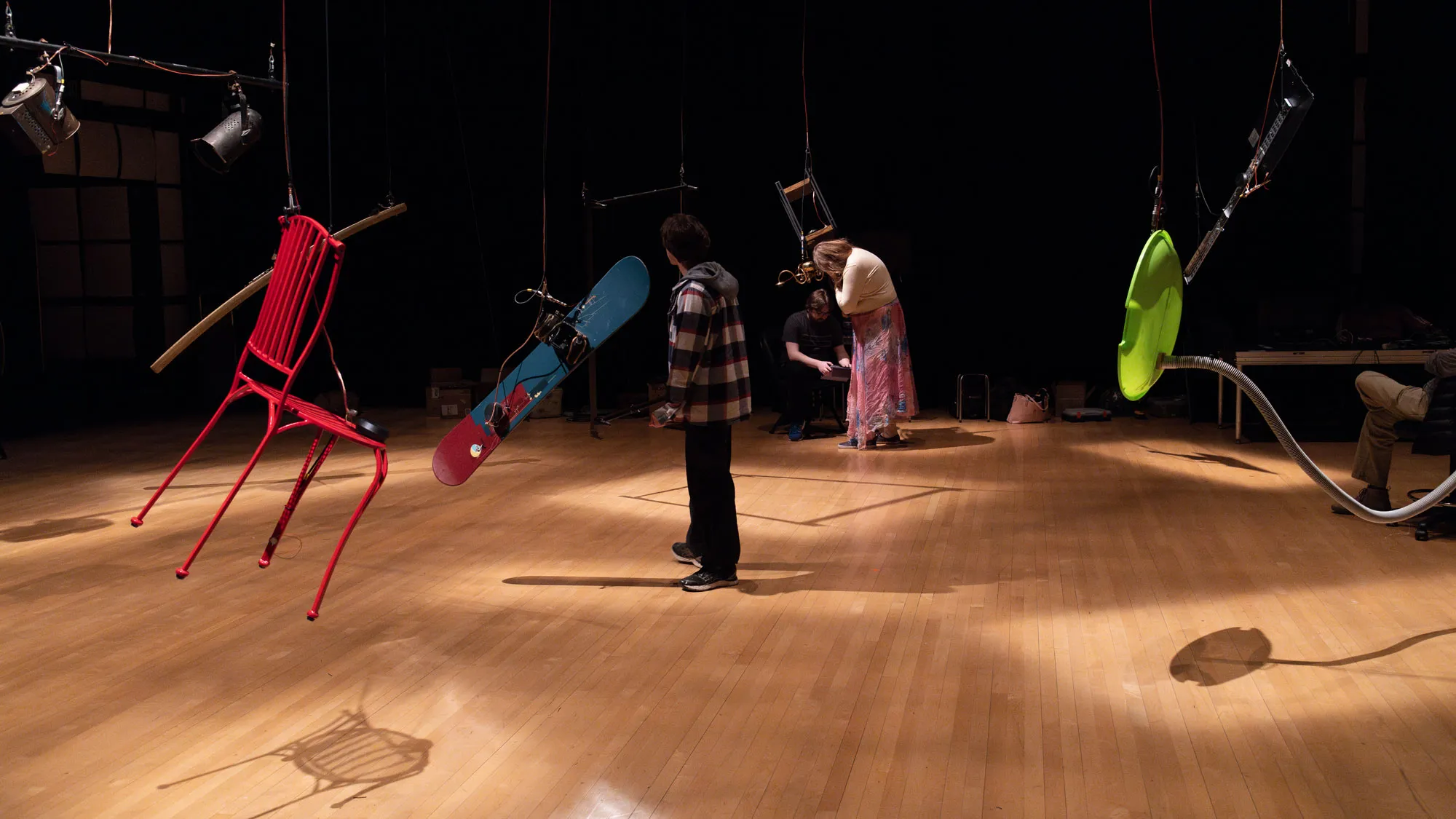
Rainforest IV
As a part of the Reembodied Sound 2024: Festival & Symposium on Transducer-based Music and Sonic Art, and co-presented by the Rensselaer Department of Arts and the curatorial program at EMPAC, David Tudor’s landmark 1973 sound performance-installation Rainforest IV will be presented in Studio 2.
Rainforest IV grew out of a 1973 workshop in Chocorua, New Hampshire that included a group of artists who would soon become the collaborative Composers Inside Electronics: David Tudor, John Driscoll, Phil Edelstein, Linda Fisher, Ralph Jones, Martin Kalve, Paul DeMarinis, and Bill Viola. In this performed installation, each composer designs and constructs their own sculptures, which function as instrumental loudspeakers under their control. Each sculpture produces sound material that display the object’s resonant characteristics.
For Reembodied Sound, Driscoll and Edelstein, along with Rensselaer professor Matthew Goodheart, guide Rensselaer Arts Department students in choosing and sonifying their chosen objects. This version of Rainforest IV will be mounted as an installation and durational performance in EMPAC Studio 2 and symposium participants are invited to move freely among the sculptures, creating their own sonic environment as they roam.
A 2014 recreation of Rainforest IV. Courtesy the Internet Archive.
Main Image: David Tudor’s Rainforest IV installed in Studio 2 during Reembodied Sound 2024. Photo: EMPAC/Michael Valiquette.

